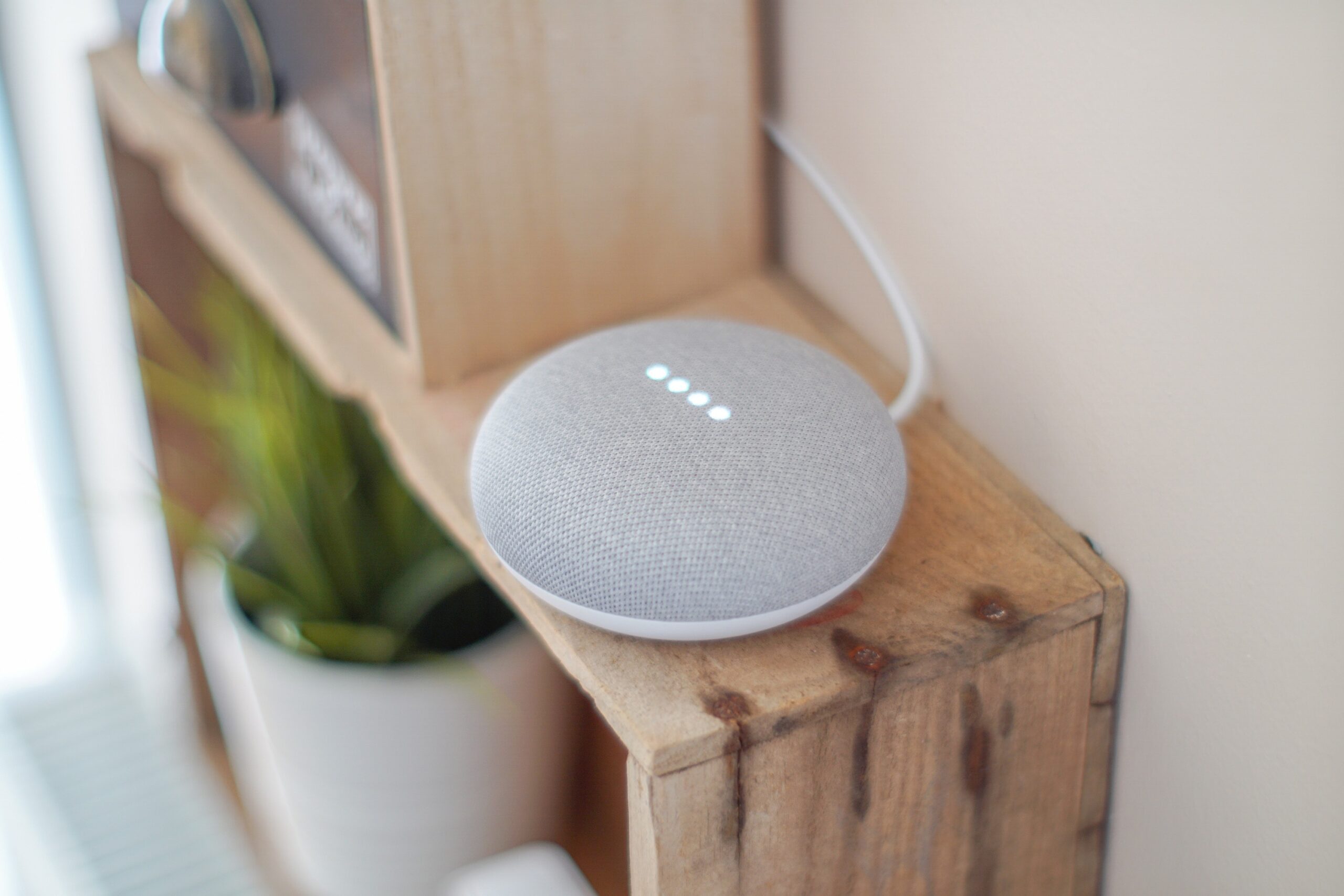Home automation is a rapidly growing trend that integrates various household systems and devices to create a smart and connected home environment. With technology advancements, homeowners can now control and manage their home’s lighting, heating, cooling, security, entertainment, and other appliances through a central control system or remote devices such as smartphones or voice-activated assistants. This integration not only increases efficiency and convenience but also reduces energy consumption and costs, making it a desirable solution for many households.
What is Home Automation?
People integrate and automate different household systems and devices into a single, connected network, which they can manage and control from a central location or remotely, and call it home automation.This technology allows homeowners to control and manage their home’s systems and devices with ease, providing them with greater convenience, comfort, and security.
Benefits:
Home automation offers a multitude of benefits to homeowners, including:
Increased Efficiency and Convenience:
With just a few taps on a smartphone or tablet or through voice commands, homeowners can control and manage various aspects of their home, such as turning off lights or adjusting the temperature. This automation of tasks saves homeowners time and effort and makes their daily routines more manageable.
Improved Comfort and Quality of Life:
Home automation creates a comfortable and personalized living environment that suits the needs and preferences of the homeowner. For example, the temperature and lighting can be set to desired levels and the entertainment system can be controlled from the couch. This increased comfort and customization can significantly enhance the quality of life for homeowners.
Reduced Energy Consumption and Costs:
Home automation also helps homeowners save energy by automatically turning off lights and appliances when they are not in use. Homeowners can also monitor their energy usage and adjust their habits to reduce consumption and save on energy costs. This not only saves homeowners money but also helps reduce their carbon footprint and impact on the environment.
Enhanced Security:
Home automation also includes security features such as door and window sensors, cameras, and alarms that protect the home and keep the family safe. These features provide homeowners with peace of mind and added protection from potential intruders and other security threats.
Getting Started with Home Automation
For those interested in implementing home automation, follow these steps:
Assess Needs and Goals:
Determine what you want to achieve with home automation and what systems and devices are needed to do so. Consider your specific needs and goals for your home, such as energy efficiency, improved comfort, and enhanced security.
Research Products and Systems:
Compare the features, costs, and compatibility of different home automation systems and devices with your home and existing systems. Look for systems that meet your specific needs and budget, and consider the ease of installation and use.
Plan the System:
Identify the most effective approach for incorporating systems and devices for controlling and monitoring your home. This involves determining where to place sensors, controllers, and other components, taking into account the layout of your home, the positioning of devices and systems, and the overall flow of your home control system.
Install and Set Up the System:
Once you have a plan in place, it’s time to install the home automation system and connect the devices. Set up schedules and automation tasks, and test the system to ensure it works properly.
Monitor and Adjust the System:
Regularly monitor the home automation system and make adjustments as needed to ensure it continues to work optimally and meet the homeowner’s needs. Keep the system updated and make any necessary changes to improve its functionality and performance.
Different Types of Home Automation Systems:
There are several types of home automation systems available, each with its own unique features and benefits. Some of the most common types include:
Smart Lighting:
This type of home automation allows homeowners to control and manage the lighting in their home through a central control system or remote device. This can include adjusting the brightness, setting schedules, and turning lights on and off from a distance.
Climate Control:
Climate control systems allow homeowners to manage the temperature in their home from a central location or remotely. This includes adjusting the thermostat, setting schedules, and monitoring energy usage.
Home Security:
It includes features such as door and window sensors, cameras, and alarms that help keep the home and family safe. Additionally, a central location or a smartphone or tablet can control and monitor these systems remotely.
Home Entertainment:
It allows homeowners to control and manage their entertainment devices, such as televisions, sound systems, and streaming devices, from a central location or remotely.
Home Monitoring:
It allows homeowners to monitor the various systems and devices in their home, such as energy usage, temperature, and security, from a central location or remotely. This type provides homeowners with peace of mind and the ability to make adjustments and improvements to their home.
Conclusion:
Home automation is a rapidly growing trend that provides homeowners with greater efficiency, convenience, comfort, and security. This technology allows homeowners to control and manage their home’s systems and devices from a central location or remotely through smartphones or voice-activated assistants. By automating tasks and monitoring energy usage, home automation also reduces energy consumption and costs while enhancing the quality of life for homeowners. With a variety of systems and devices available, homeowners can customize their home automation to meet their specific needs and goals.













